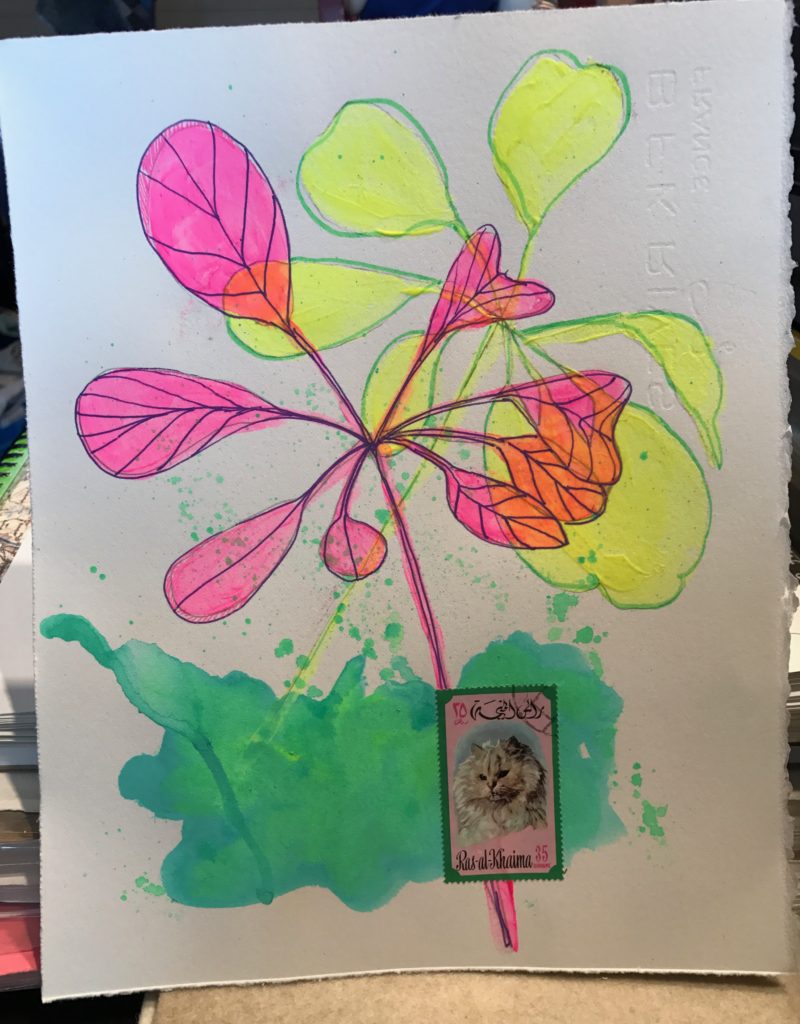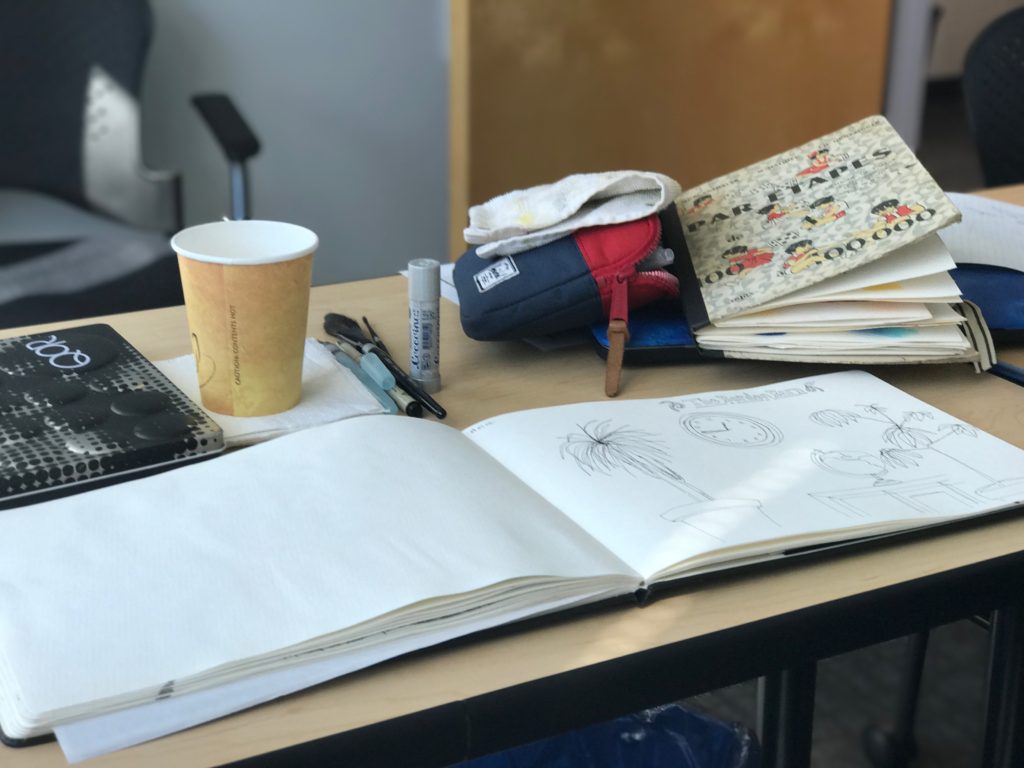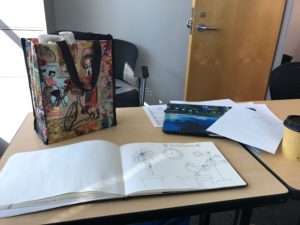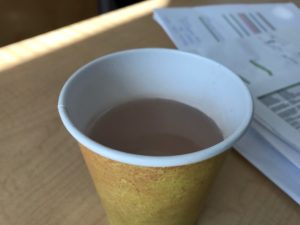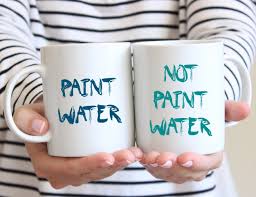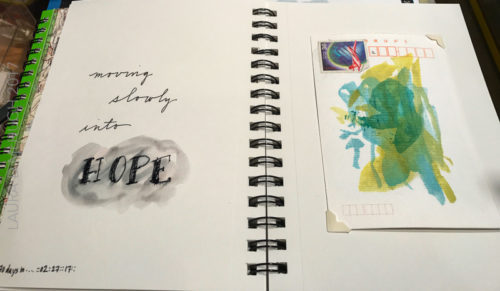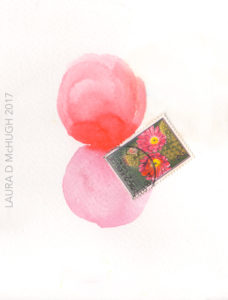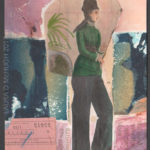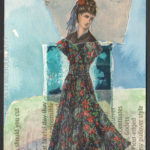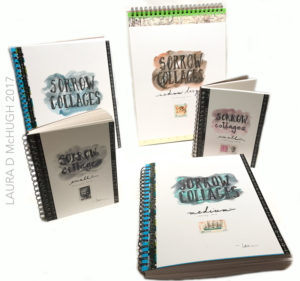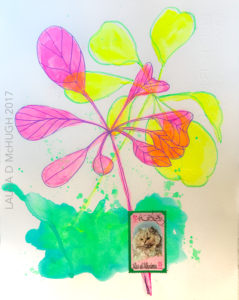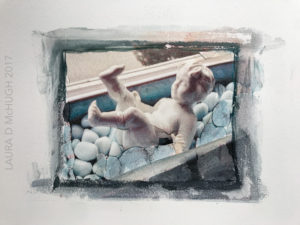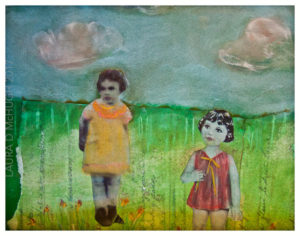
Awhile back, almost exactly two years ago, I wrote on my blog about my personal experience with being alone and exploring whether I was lonely, alone or a loner. I continue to struggle with the balance between solitude (being alone) and loneliness. I’ve been single now for 20 years, and the subject can be a bit depressing, and also quite uplifting at times. I have always felt art-making played an important role in how I feel about this, and about myself.
This topic was re-stimulated when I heard a recent Cambridge Forum called Loneliness in the Digital Age. In the forum, they explored whether people are lonely or in solitude by choice. Is a person at peace with being alone vs. aching with loneliness? Figuring this out is an inside job for all of us, but I know making art/being creative can help.
A commenter to this forum said the following (I will add the attribution when I get it; she was a member of the audience):
There is an interesting paradox – that loneliness actually has something to do with being alone. People feel less lonely when they can connect with themselves, and there are ways to do that. Meditation is one. Passionate involvement with a cause is another. And there is creativity.
We don’t need group activity in everything. Certain things of course. If we have to build something – a bridge – we need group people. We need a meeting like this with group people. However, there are times when we have to be alone and we have to connect with ourselves and we have to know who we are. The eastern philosophers said you have to know yourself, and it is not easy to do that.
But if one is connected to one’s self by various methods, and passionate creativity is the most important one, then I think those people are much much less lonely.
The act of creating is a connection to something meaningful outside of ourselves. When our neural pathways for connection are stimulated, we can more easily be alone and have it be solitude rather than loneliness because we are held within something greater than ourselves.
One of my favorite pieces of writing is Guardian of My Solitude by Rainer Marie Rilke:
A good marriage is that in which each appoints the other guardian of his solitude. Each realizes and accepts that even between the closest of human beings, infinite distance continues to exist. In such a loving and accepting atmosphere, a wonderful living side by side is born and can grow up.
For me, this prose highlights how even when in a relationship, one needs some alone time and how much better if your partner not only realizes that need, but fiercely protects it on your behalf, and likewise. This guardianship is a safety net – a way to be held within something greater than ourselves.
Art-making can fulfill the same need for those of us who aren’t in a relationship or who are in one but with someone who does not “get” that need for alone time. It involves stimulating the neural pathways, at a scientific level, and may go beyond that in connecting us to our higher power, if you are inclined to believe that too.
My past five weeks of art-making in solitude have been a healing time. I started out in deep sorrow about some personal issues and made “sorrow collages.” After four weeks, and 130 pieces of art I made, I began to feel lighter and more hopeful. I’m now in the “hope collages” stage of my art-making. Of course, sorrowful times could return at any moment, but I see an arc inside me from sorrow to hope and on through to faith. The art-making has been critical to figuring this out from the inside out.
So today, go make some art or do something creative. You’ll feel a part of something bigger than yourself, held in safety. Then, you can choose solitude.
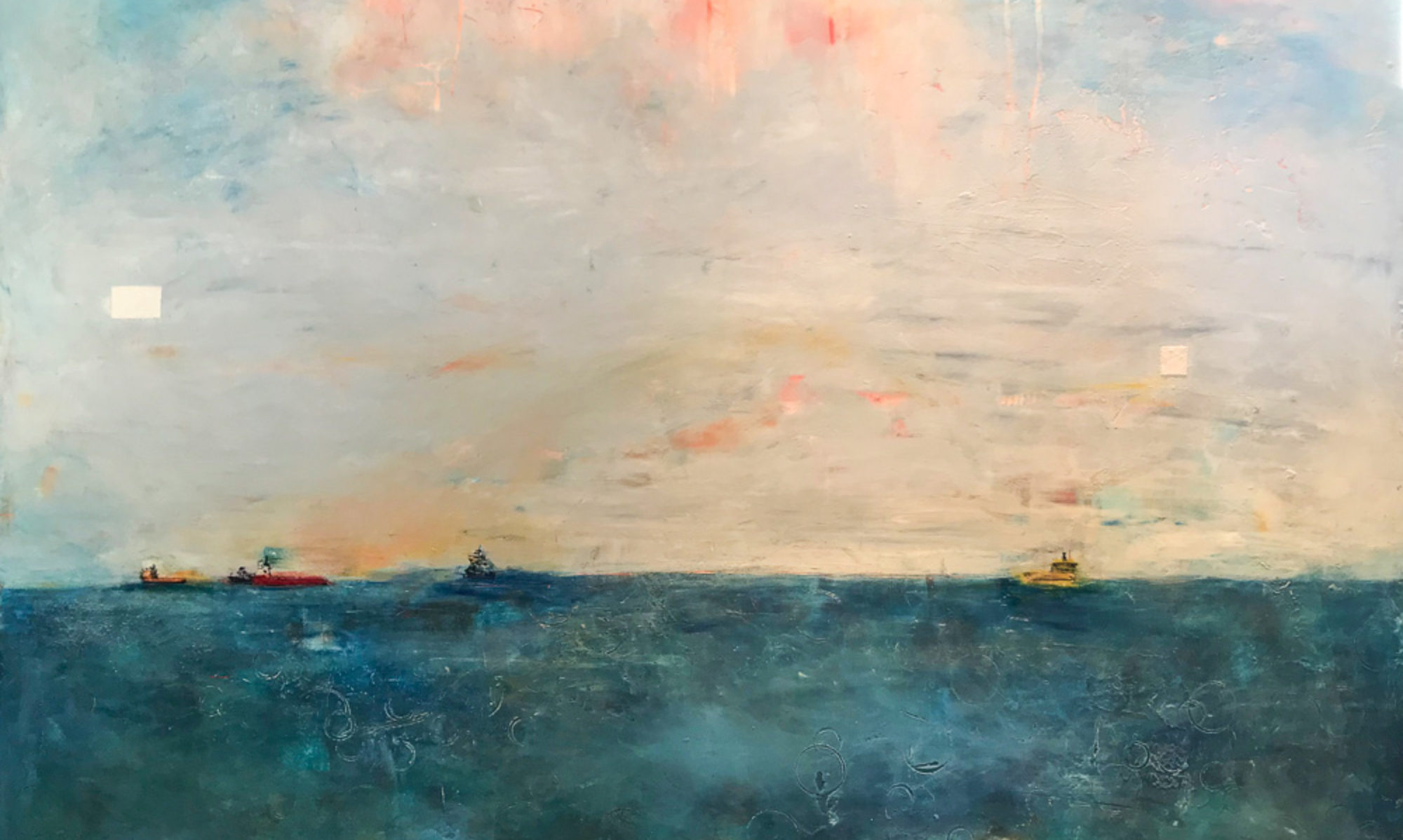

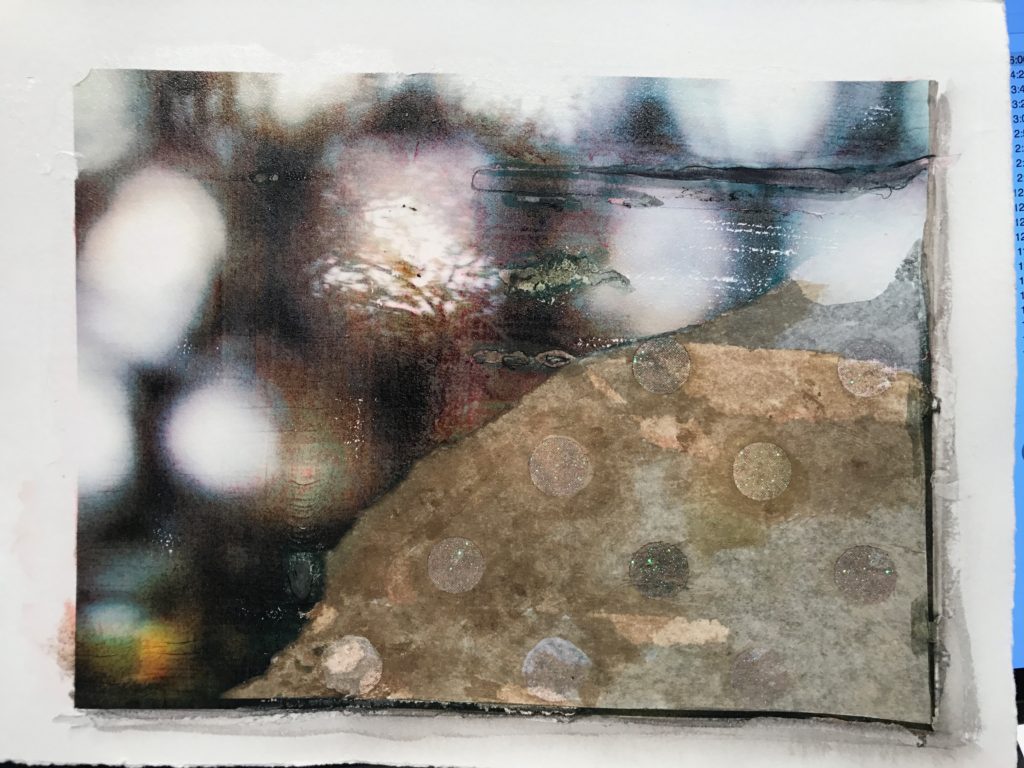
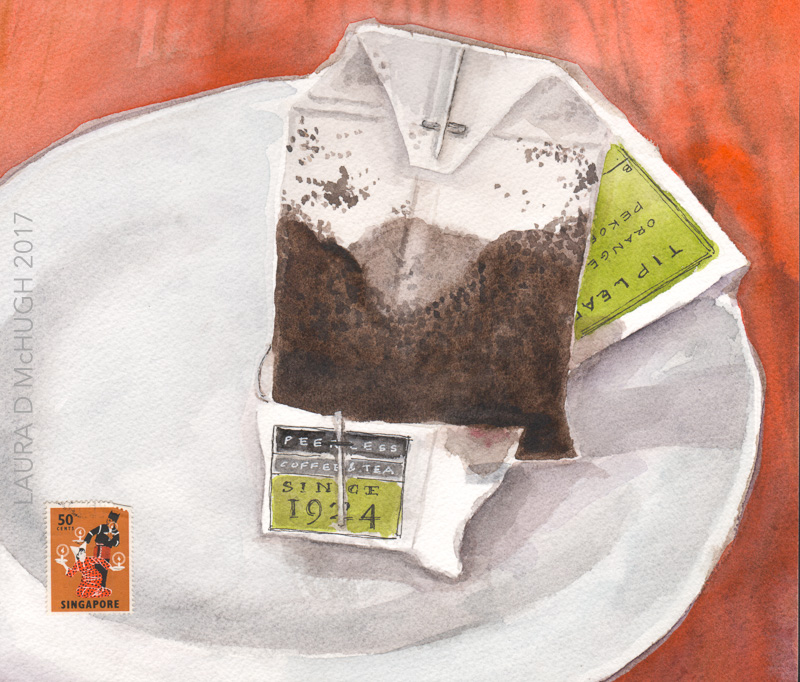
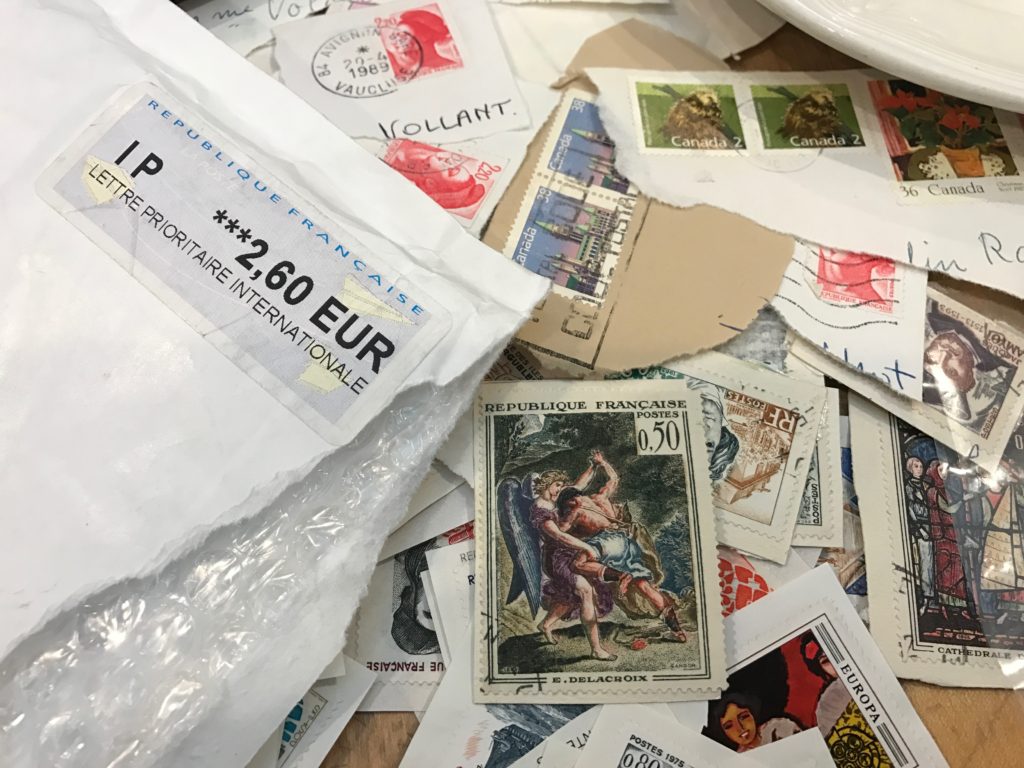 Some pieces just aren’t finished until they have a stamp on them. After making nearly 150 pieces with stamps figuring in somewhere on each, I am no closer to understanding why some pieces benefit from the stamp and why I would never put a stamp on others.
Some pieces just aren’t finished until they have a stamp on them. After making nearly 150 pieces with stamps figuring in somewhere on each, I am no closer to understanding why some pieces benefit from the stamp and why I would never put a stamp on others.